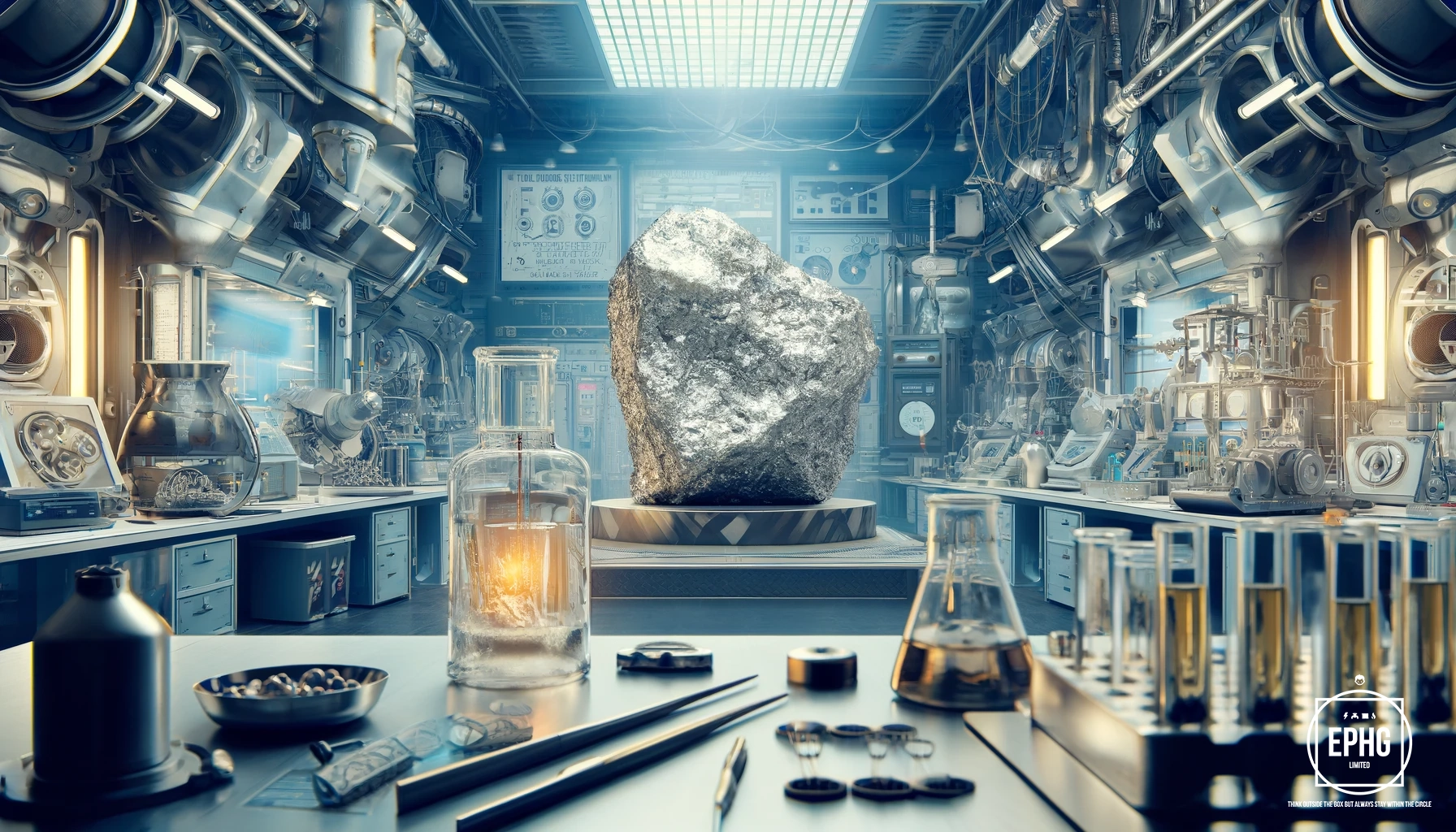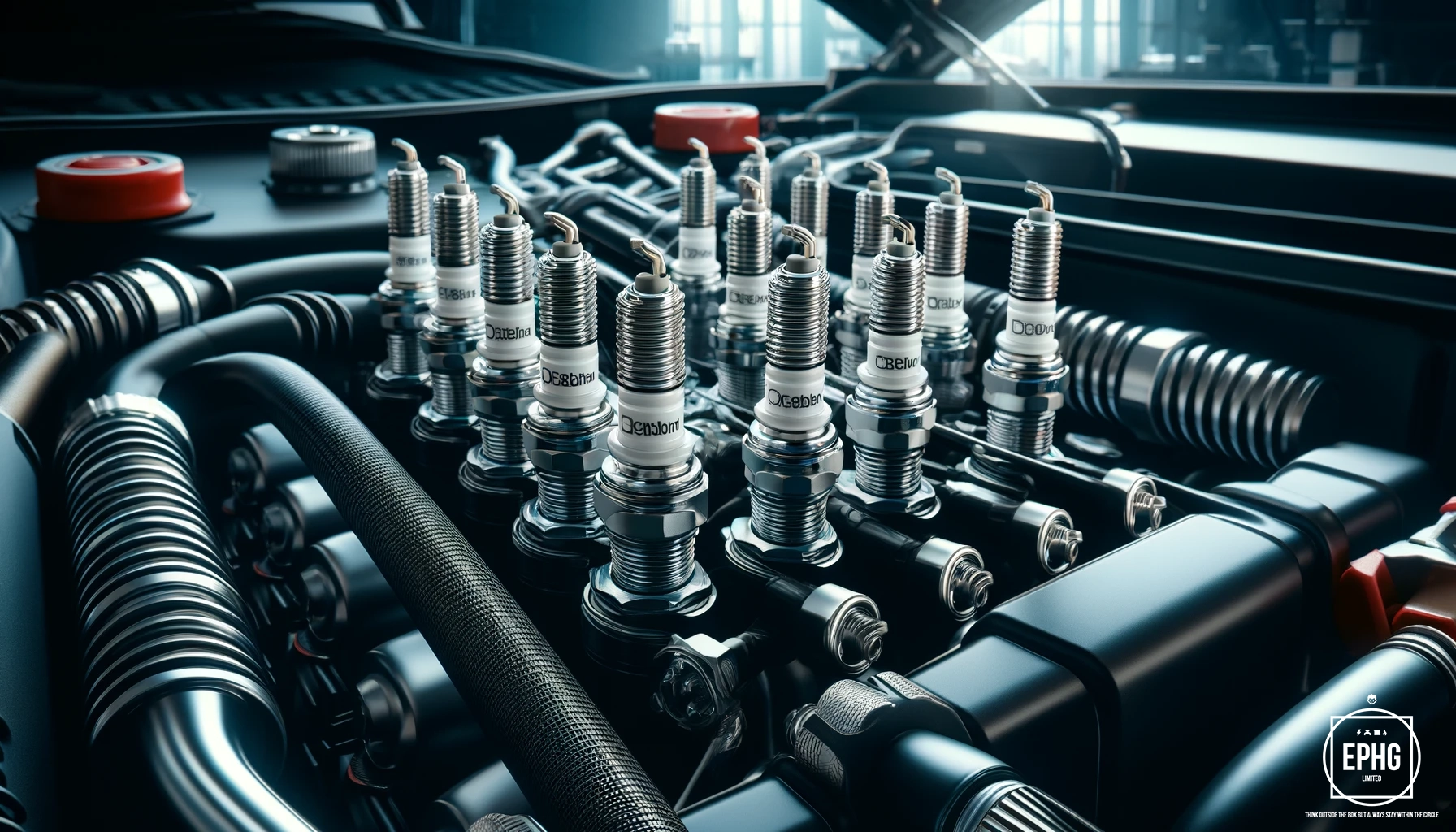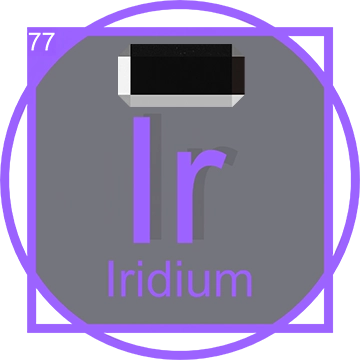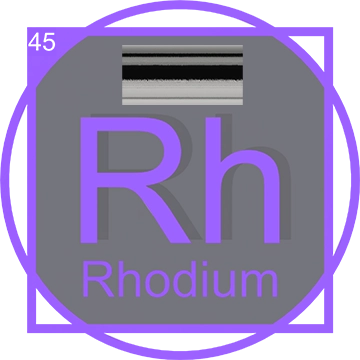Understanding Iridium: A Pivotal Element in Modern Technology
Discovery of Iridium
Iridium was discovered in 1803 by the English chemist Smithson Tennant in London. The discovery occurred as Tennant analyzed the residue left from dissolving natural platinum in aqua regia, a potent mix of nitric and hydrochloric acid. He identified not only Iridium, named after the Greek goddess Iris for its brightly colored salts, but also osmium.

This dual discovery underlined the complex nature of platinum ores and marked a significant advancement in the understanding of heavy metals. The isolation of Iridium and osmium highlighted their unique chemical properties and set the stage for further studies into the platinum group metals.
Iridium in the Periodic Table
Positioned in the periodic table as element 77, Iridium belongs to the platinum group metals in the transition metals category. It lies between osmium and platinum and is known for its considerable hardness and remarkable resistance to corrosion, even at high temperatures. This makes it an invaluable material in various industrial applications. To explore more about its peers and properties, visit our periodic table.
Physical and Chemical Properties of Pure Iridium

Pure Iridium is a hard, silvery-white metal, renowned for being the densest and most corrosion-resistant element on the periodic table. This remarkable metal is virtually impervious to air, water, and most acids, including the highly corrosive aqua regia, making it exceptionally durable under extreme conditions. Iridium's melting point, which is one of the highest among all elements, stands at approximately 2446 degrees Celsius (4435 degrees Fahrenheit). This high melting point not only underscores its exceptional stability at high temperatures but also makes it ideal for use in high-temperature applications, such as in devices exposed to significant thermal stress. The robust nature of Iridium, combined with its significant density and resistance to corrosion, contributes to its value in various industrial and scientific applications, ranging from fine scientific instruments to crucial components in aerospace technology.
Rarity of Iridium

Iridium is one of the rarest elements in the Earth's crust, with an abundance of only about 0.001 parts per million. Due to its scarcity and the complex process required to isolate it from natural sources, Iridium is highly valued and expensive. The metal is predominantly found in meteorites and within the Earth's mantle, and is only accessible in usable quantities when extracted as a by-product of nickel and copper mining. This rarity adds to its value, particularly in applications that require materials capable of withstanding extreme environments, such as in spacecraft, high-temperature crucibles, and electrodes for the chlor-alkali process. The limited supply of Iridium, coupled with its unique properties, ensures its status as a precious and indispensable resource in advanced scientific and industrial applications.
Applications of Iridium in Industry and Medicine

Iridium, a metal known for its extraordinary properties, is utilized in a multitude of critical applications across diverse fields due to its impressive high melting point, strong structural integrity, and excellent corrosion resistance. In the aerospace industry, iridium's ability to withstand extreme temperatures and environmental conditions makes it ideal for use in high-temperature crucibles, aircraft spark plugs, and critical components in deep-space spacecraft. These applications benefit from iridium’s durability and its capacity to perform under severe stress without deformation.
In the automotive sector, iridium finds use in the manufacture of high-performance spark plugs and electrical contacts. The metal’s superior electrical properties and resistance to erosion make it an excellent choice for components that require both reliability and a long lifespan, significantly enhancing vehicle performance and efficiency.
Within the medical field, iridium plays a vital role in cancer treatment. Iridium-192 isotopes, known for their radioactive properties, are used in brachytherapy, a type of radiation therapy where sealed radioactive sources are placed inside or next to the area requiring treatment. This application allows for targeted radiation therapy, minimizing damage to surrounding healthy tissues while effectively combating cancer cells.

Furthermore, in the realm of telecommunications, iridium is crucial in the manufacturing of satellite components and plays a central role in the Iridium satellite constellation. This global satellite communications network utilizes iridium for its robustness, ensuring reliable, long-lasting performance essential for equipment operating in the harsh conditions of outer space. The unique properties of iridium contribute significantly to advancing global communication technologies, enabling consistent and uninterrupted communication links across the world.
How Iridium is Sourced
Iridium is primarily obtained as a byproduct of nickel and platinum mining. The largest sources of iridium are located in South Africa, Russia, and Canada. In these mining operations, iridium is found alongside other platinum group metals (PGMs) such as platinum, palladium, and rhodium. The extraction process involves crushing and milling the ore followed by flotation to concentrate the PGMs. Iridium is then separated from other metals through a series of chemical processes, including solvent extraction and electro-refining, to achieve the desired purity levels.
One of the well know mines is known as the Unki Mine, in the Midlands of Zimbabwe.
Modern Uses of Iridium
Today, iridium is used extensively across various high-tech industries. Its incredible resistance to corrosion makes it ideal for high-temperature applications such as spark plugs in automotive industries, crucibles for crystal growth, and electrodes in chlor-alkali electrolysis. In the field of medicine, iridium isotopes are used for targeted radiation therapies, significantly advancing cancer treatment technologies. Additionally, the telecommunications industry relies on iridium for components in satellite communications, enhancing global connectivity.
Future Prospects of Iridium
The potential for iridium in future technological applications is vast. Scientists are exploring its use in more efficient solar energy solutions, particularly in photovoltaic cells where iridium-based compounds could improve light absorption and conversion efficiency. Research is also underway to leverage its high-temperature resistance in the development of next-generation aerospace materials capable of withstanding extreme conditions in space exploration.
Advancements in Iridium-Catalyzed Hydrogenation Processes

Iridium's role in enhancing hydrogenation processes marks a significant step towards greener chemical manufacturing. Known for its excellent catalytic properties, iridium improves the efficiency and selectivity of these reactions, which are vital for producing a wide array of chemicals. Researchers are optimizing iridium catalysts to work under milder conditions, lowering energy usage and costs while increasing their robustness and reusability. This not only aligns with sustainability goals but also reduces dependence on harsher catalysts, paving the way for more environmentally friendly chemical production methods.













